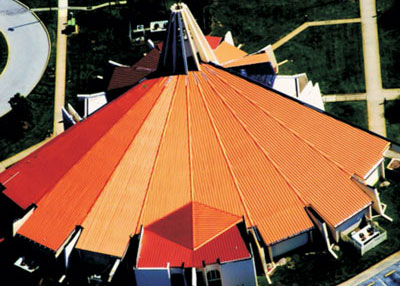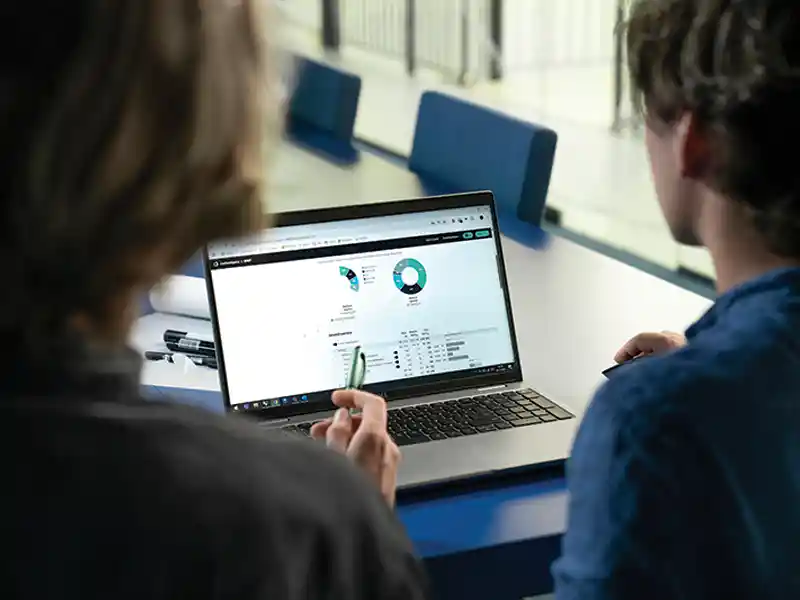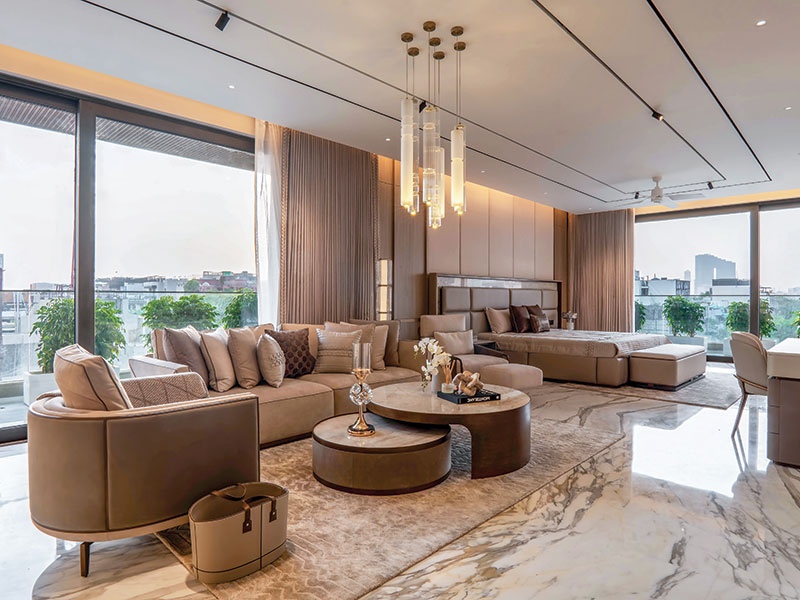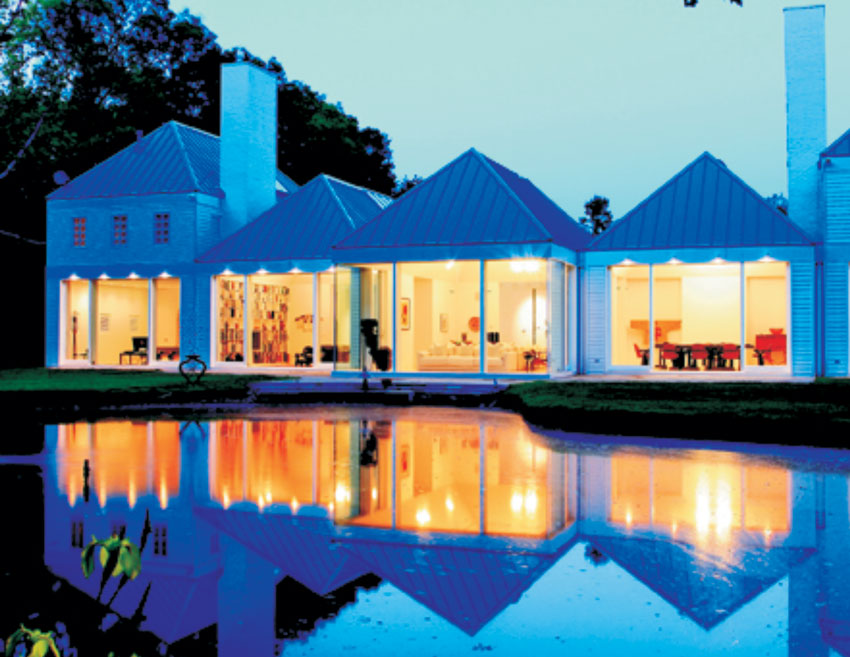
Metal roofs have been a preferred covering for commercial buildings for centuries because of their ability to protect the structure from the elements and to shelter its occupants and contents. In more recent times, however, building owners have come to recognize and appreciate still other attributes of metal roofs–their beauty, long service life, low life-cycle cost, light weight, sustainability, recyclability and low-maintenance requirements. Because of this increased awareness, as a contractor, it is in your best interest to discover the possibilities of metal roof systems.
Design Flexibility
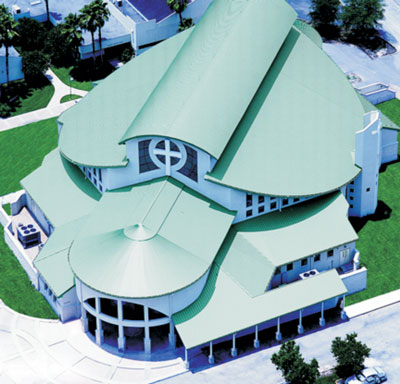
Metal roofs offer virtually unlimited architectural creativity with a vast array of shapes, styles, profiles, textures and an ever-growing palette of colors, ranging from standard hues to custom-matched tones. They adapt to styles ranging from traditional to contemporary and enable buildings to stand out or blend with their environments.
Low Environmental Impact
Metal roof systems are also an environmentally responsible choice for buildings of all types. That's because they typically have a recycled content of at least 25 percent, and the metal is 100 percent recyclable at the end of its useful life, thereby contributing to the recycled content of future products. Metal's recycled content can even help earn LEED points in the Materials & Resources category.Metal roofs are sustainable. Their extremely long service lives lower the demand for energy and raw materials to produce replacement systems. And in many retrofit applications, metal roofs can be installed over old flat roofs, thereby eliminating the need to remove the old roofing and preserving landfill space.
Extremely Durable
Today's metal roof systems are exceptionally durable. Many are warranted up to 30 years, some even more. That's because today's high-performance paints and coatings are designed to protect the metal panels for decades, while the patina that forms on non-coated copper and zinc panels protects the metal from the elements naturally.Today's generation of paints and coatings also help metal panels retain their appearance, ensuring that the building maintains its aesthetic appeal and property value over time.
Lower Construction Costs
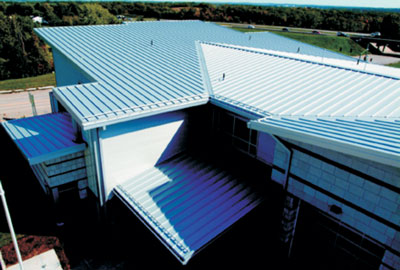
Construction costs may also be lowered because metal panels can usually be installed faster than other materials. That's because their installation is not slowed by weather conditions. This all-weather capability minimizes delays, gets the building closed-in quicker and speeds up completion. And faster completion means quicker occupancy.
Lower Energy Costs
Lower construction costs aren't the only way metal roofs can improve the bottom line. Lower energy costs are another. For example, an increasing number of local, state and/or federal initiatives and codes are now requiring that roofs on commercial buildings have a minimum solar reflectivity and thermal emissivity in order to reduce energy consumption by lowering air-conditioning loads within the building. Roofs that meet these requirements are called "cool roofs" because they have lower surface temperatures.As a result of new developments in pigment technology, painted metal roofs perform very well as cool roofs and can provide a very energy—and cost-efficient solution, as evidenced by research conducted by Oak Ridge National Laboratory, Oak Ridge, Tenn.
For example, results of a three-year study showed that painted metal roofs retained 95 percent of their initial solar reflectivity values over time. This is important because some codes assume reflective performance of all roof material degrades at the same rate.
The same study showed that some membrane systems lost 40 percent of their solar reflectance after only three years due to dirt retention. Metal roofs shed dirt more readily than other roofing materials, which is important, because the dirtier a roof, the more its reflectance is compromised.
Low Life cycle Costs
Metal roofs have long been considered the most cost effective roof systems. Now there's proof, thanks to a new study conducted by the Ducker Organization, an independent research organization based in Troy, Mich., that specializes in the construction industry.Building owners who participated in the 2007 study said they expect low-slope metal roofs to last 41.6 years, compared to 20.5 years for single-ply systems and 23 years for built-up systems. "Expected roof service" is defined in the study as the time from original installation to reroof.
Based on this longevity, they estimated the life cycle cost of a metal roof to be $0.24 per square foot per year. By comparison, they estimated single-ply systems to have a life-cycle cost of $0.25 per square foot per year and asphalt systems to be $0.33 per square foot per year. The life cycle cost of a roof is determined by computing the present value of all costs associated with the roof over time, including the original cost of the roof, regular maintenance activities and any repairs.
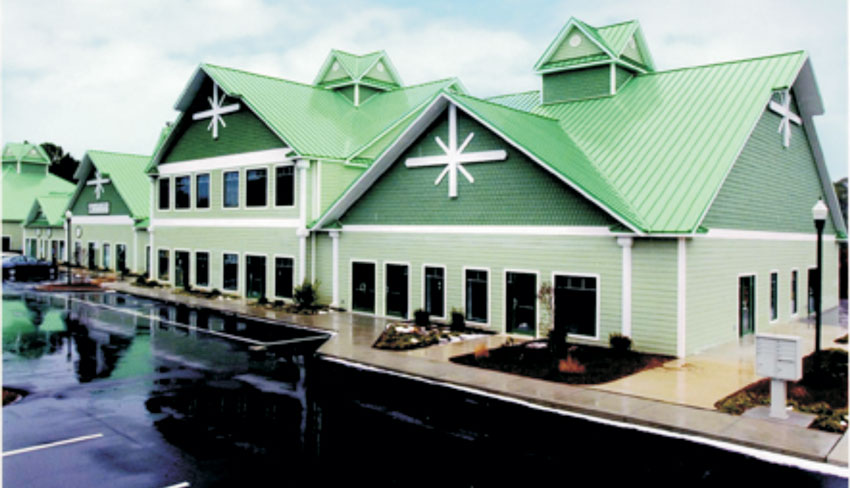
Low Maintenance Costs
When it came to maintenance, study participants who owned metal roofs said the average maintenance cost was only $0.10 per square foot per year, versus $0.26 for owners of single-ply roofs and $0.17 for asphalt systems.Significantly, the study also found that low maintenance was one of the top criteria upon which respondents based their roof purchasing decisions. If you'd like to see the entire study, it also can be found online at www.themetalinitiative.com.
Discover Metal's Possibilities
